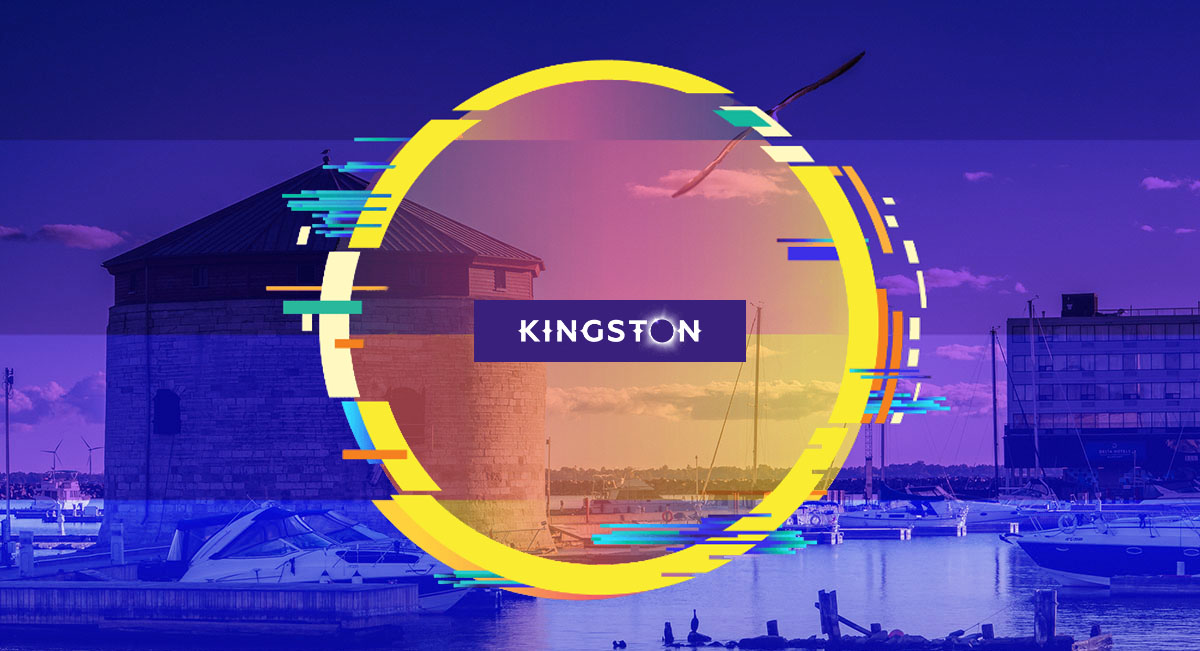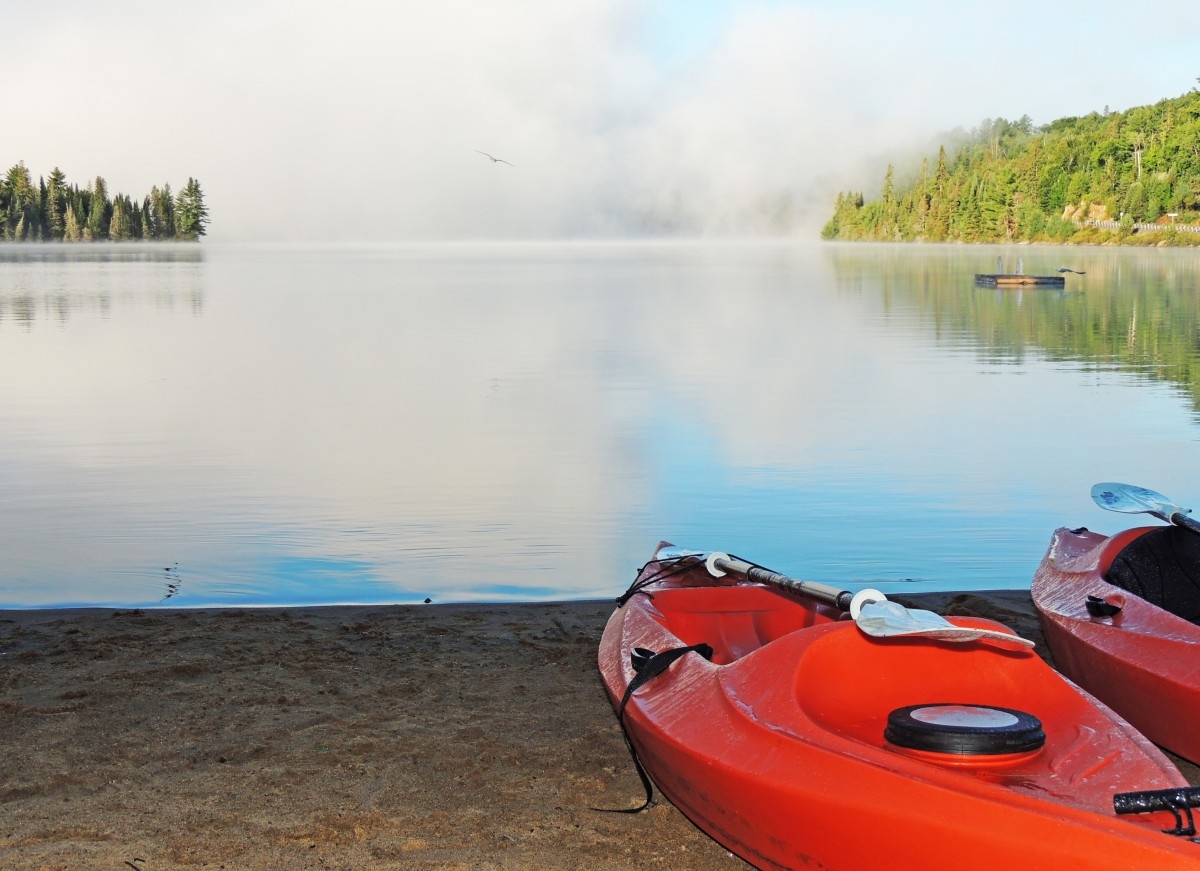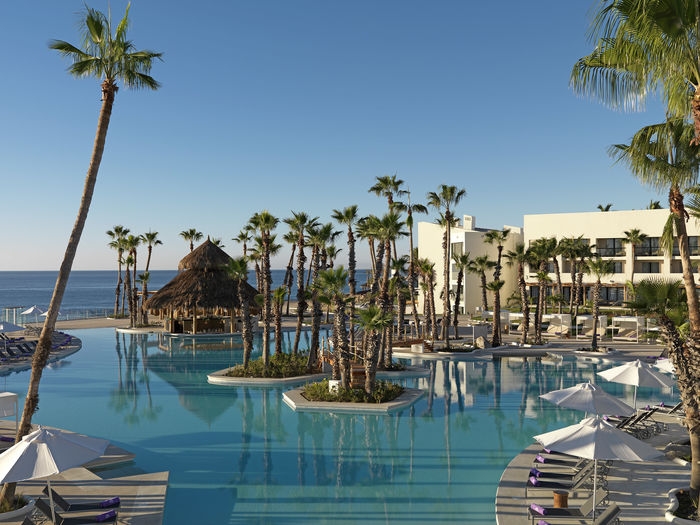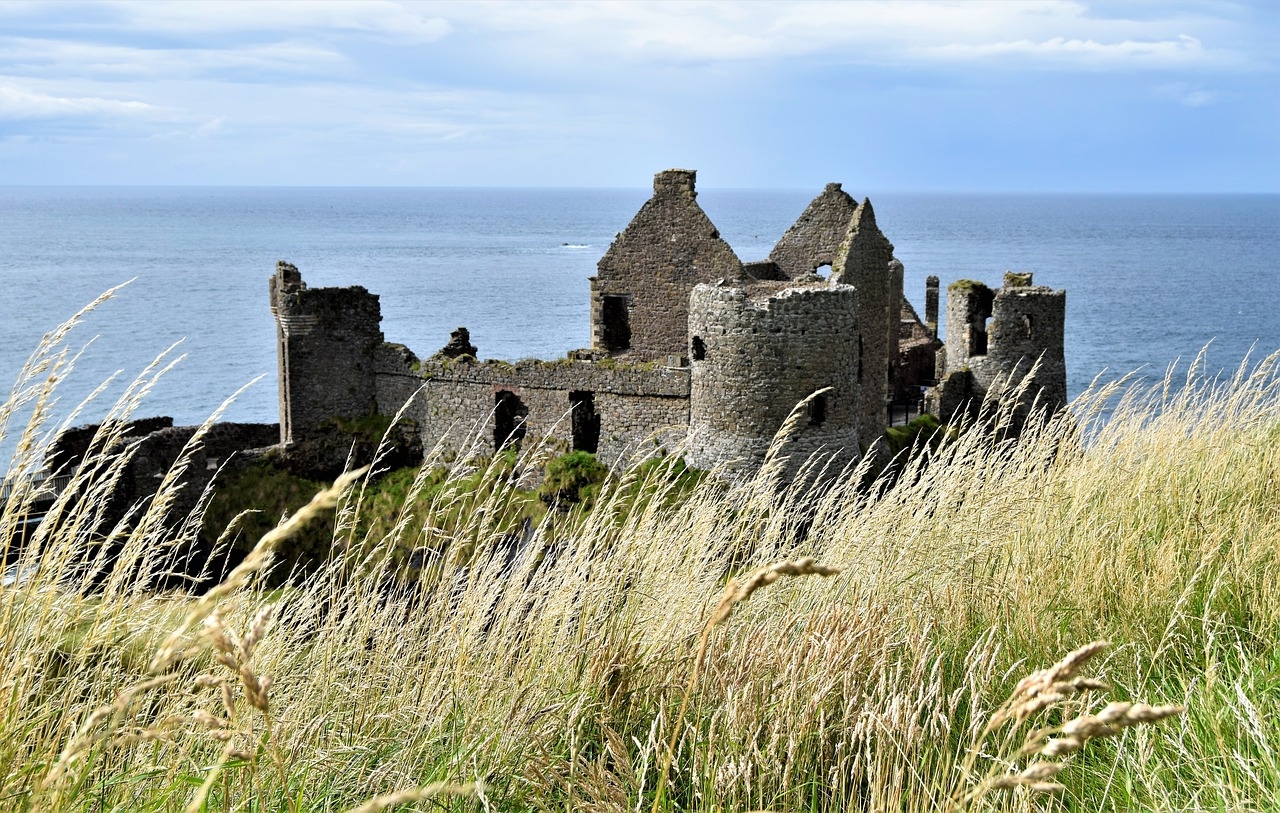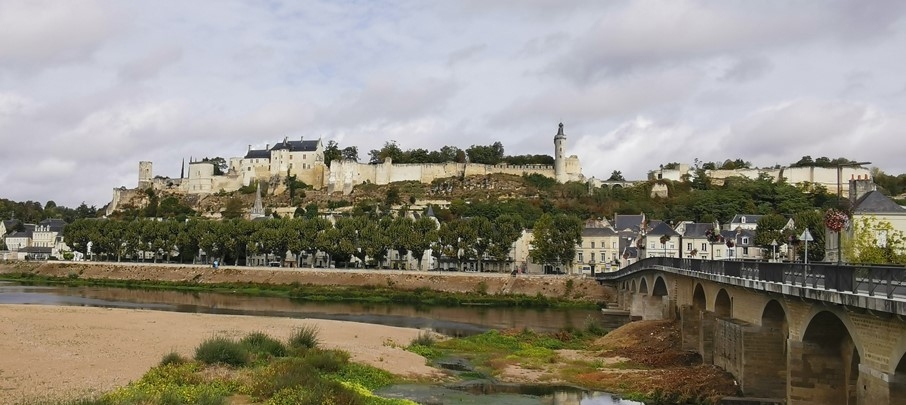
The Loire Valley — Medieval cities, vineyards, forests and delicious food
The regional wines of the Loire Valley are celebrated around the world. The food, including local cheese, charcuterie, and produce, is simple but spectacular while the vibe is laid-back in this valley of medieval cities that was once home to French kings.
There is a road that begins in northern France and follows the Loire River on the ancient route between Lyon and Rome were the Romans once cultivated grapes, the Vikings and Barbarians invaded, and French kings built breathtaking castles.
Initially fortified dwellings, by the early Renaissance the castles became extravagant hunting lodges and homes for the kings and for the ministers who collected taxes on behalf of the monarch. Hunting, fishing, agriculture (and er . . . castle building) all thrived in this limestone-rich valley known as the Garden of France.
In the middle of the valley sits the city of Bourge, the capital of France during the 100 Years War (mid-15th century to mid-16th century). It likely made practical sense to set up shop here as the fortified wall around the city protected it from the Vikings who besieged it for 15 years before retreating. Incredibly, homes have been built right on top of the ancient wall and appear to mesh almost seamlessly with it.
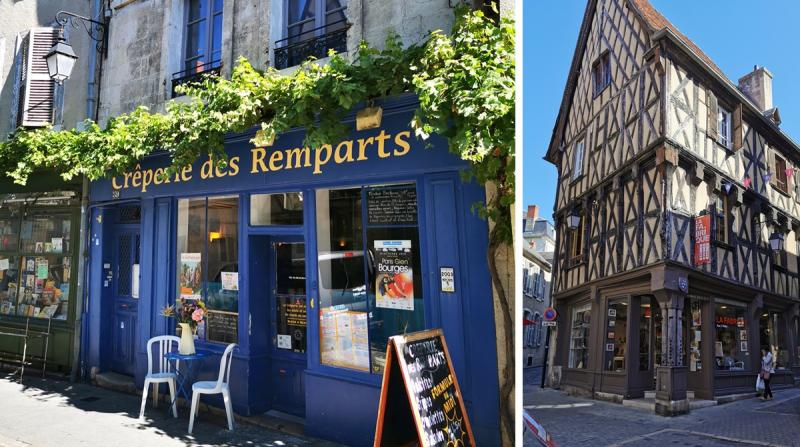
Inside the wall, the architecture is simply spectacular. There is a combination of stately stone structures and timber-topped ones that all appear to lean in different directions. In its day, Bourge was a big city. As a result of being home to the French government, no expense was spared on creating beautiful buildings. The most spectacular of all is the Gothic/Romanesque Cathedral of St Etienne of Bourges. Completed in 1245 it is a wonderful example of flying buttresses and elaborate stone carvings. The stained-glass windows are three high; it is no wonder that the cathedral is a UNESO World Heritage Site. During the WWII the stained-glass was painstakingly removed and hidden away.
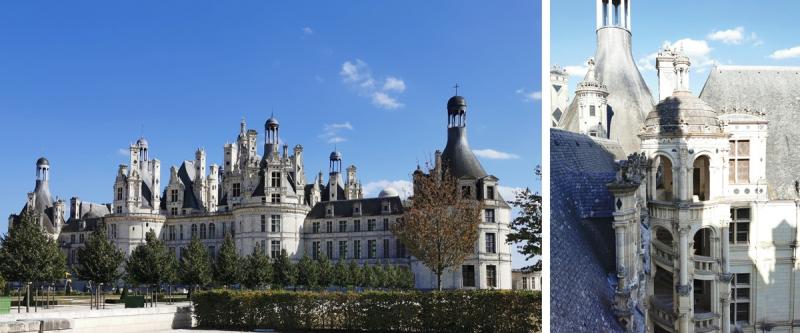
Not far away is the Chateau de Chambord. It was built at a time when King Francis I, was looking to signal the glory of the French court. He invited Leonardo da Vinci to help design the structure. Although there is no paper record of his hand in the construction of Chambord, the castle was built three years after da Vinci’s arrival in the area and was like no other castle in Europe at the time. The double-helix staircase – imagine two intertwining DNAs – is simply amazing. The intricate and ornate towers on the roof are incredible too. When you are there, make sure to pay the extra fee for the HistoPads: an iPad with an app that brings many of the 60 rooms back to life as they were in medieval/early Renaissance times.
The castle is a busy place. The simple price of parking allows visitors free range to the 800 hectare castle grounds where you can rent bikes, boats, bring your own lunch to picnic on the grounds or sit on the patio of the hotel Le Relais and lunch while gazing at the magnificence of the castle.
Roam the castle ground after the gates close and the crowds have left for the day by staying the night at the hotel Le Relais de Chambord. The beautiful, high-end hotel sits on the bank of the Cosson river, facing the castle. With 55 rooms, it is dwarfed by the enormous 440-room structure.
In the small town of Amboise there are two chateau’s. One was the summer residence of kings, including Francis 1 and the other is Clos the Luce, more of a manor house, where DaVinci lived out his last few years. Clos de Luce gets very busy in tourist season but is a worthwhile visit to get a sense of the man and his machines, many of which have been reconstructed and can be found both in the bottom level and dotting the park land around the chateau. When you go make sure you pop across the street for a light lunch or a coffee at Le M’aitre d’Art tea house.
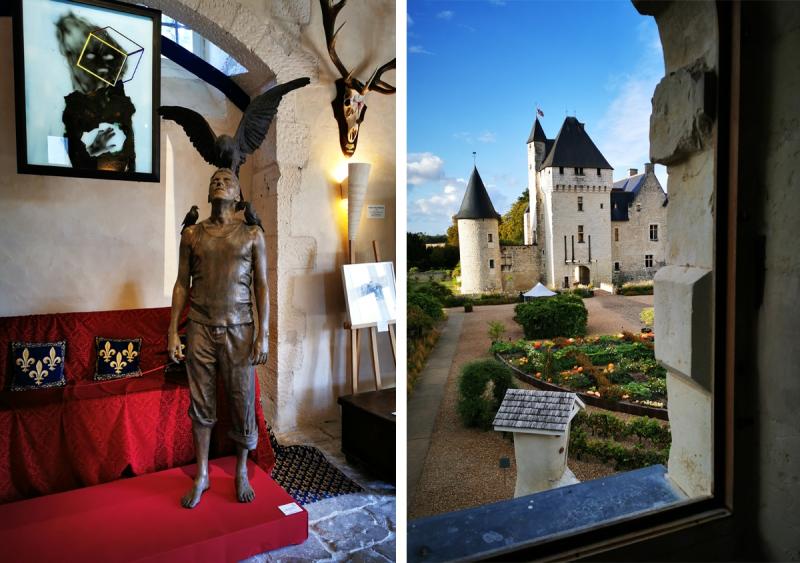
Surprisingly, 86 per cent of the monuments in France are publicly owned. Most have been restored and are lovingly maintained by families such as the Laigneau family who own and operate Chateau du Rivau. The castle looks like an elegant chateau despite its distinctive defensive features. At first glance, it is almost magical in appearance, like a Disney character might prance across the drawbridge at any moment.
It is renowned for having supplied horses to a young Joan of Arc who helped the French forces and King Charles VII during the 100-Years War against the British.
Since the 1990s Eric and Patricia Laigneau have lovingly restored the property which had descended into ruins brought on by 300 years of neglect – most of the time serving as a storage facility for hay. For over twenty years they invested in restoring the castle, the grounds, and, ultimately, the community.
An art historian (and a landscape architect), Patricia is passionate about supporting the arts. She curates an annual exhibition to showcase the work of 80 artists that is displayed in the halls and walls of the castle, and she commissions art that adds whimsy to the castle’s grounds and gardens.
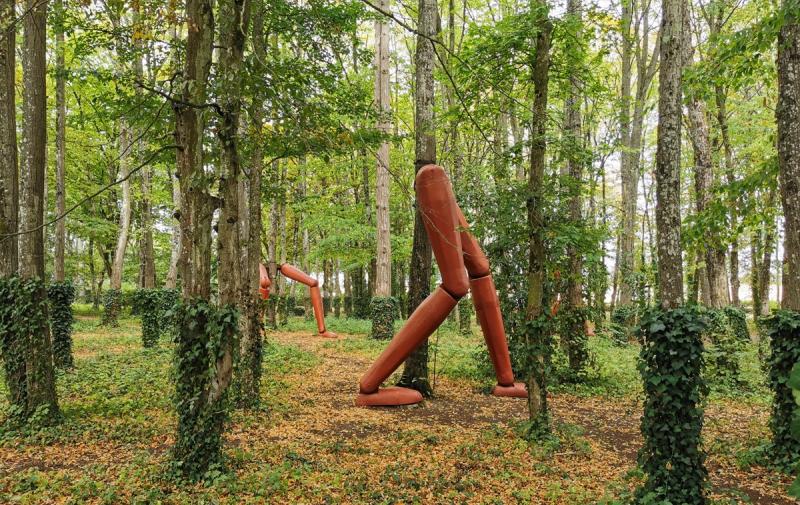
The Laigneau’s believe passionately that du Rivau is living history that helps visitors comprehend the people and the society of 15th century France.
Du Rivau is for those who love history, art, and nature and who like to take their time, literally smell the flower, marvel and the art, and sit at the café to enjoy a light meal made from produce grown in the castle’s period-accurate garden.
The castle’s barn has been completely restored and is available for rent as an event space. In addition, the family has renovated the second storey of the original stables and created seven beautifully appointed guest rooms, all of which look out over the courtyard and the castle itself.
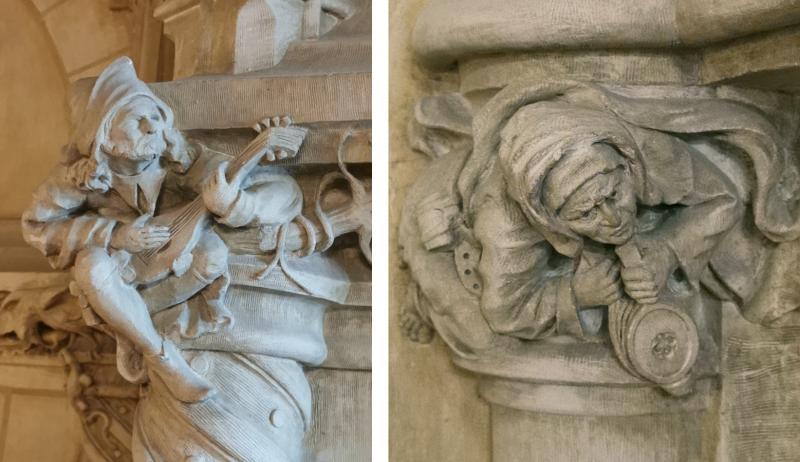
Domaine de Chaumon-sur-Loire is a must see for art and garden lovers. For the past 25 years, the garden hosts a themed competition selecting 25 candidates from 300 yearly submission, that are received from around the world. From February to April the winners prepare their gardens. The Domaine’s Centre for Arts and Nature also hold a annual art competition. Look for the original painted, sculpted, and photographed works as you take in the 32-hectare grounds. Six restaurants ranging from fine dining to tea rooms are scattered across the Domaine. You can easily spend a day here!
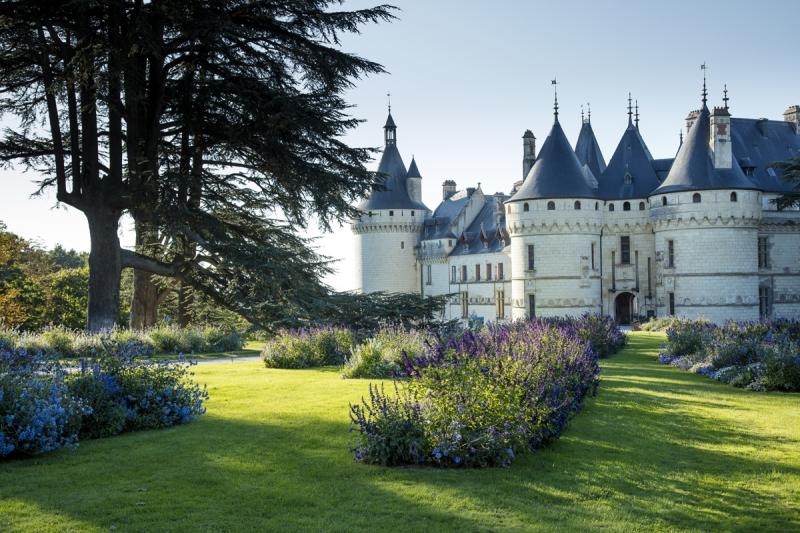
The castle of Domaine de Chaumon-sur-Loire has a colourful history. It graced the banks of the Loire river between Blois and Anjou for 500 years before Queen Catherine de Medici purchased it 1550. Three of her sons went on to become Kings of France (Francis II, Charles IX, Henri III). The castle’s last owner was sugar baronnesse Marie-Charlotte-Constance Say who was responsible for having the stables built. Equipped with running water, they were also decorated by Hermes.
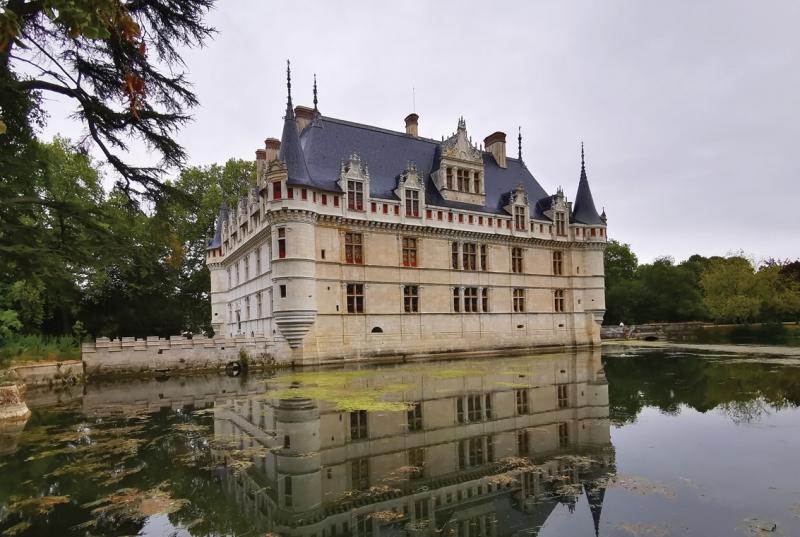
Azay-le-rideau is a smaller, unfortified castle renowned for being one of the best examples of Renaissance architecture. This magical looking structure is surrounded on three sides by water. It has been restored as an example of noble living during the early Renaissance.
While you are in the Loire Valley, make sure to enjoy many long, lingering lunches while sipping some of the divine regional wines and cheese. The region literally lives by the 100-mile diet. Located across a canal, down a dusty road – seemingly in the middle of nowhere – la Bete Noir, in Thauvenay, produces 800 Crottins de Chevignol each day. This is a rare raw-milk cheese that changes in texture and taste as it ages.
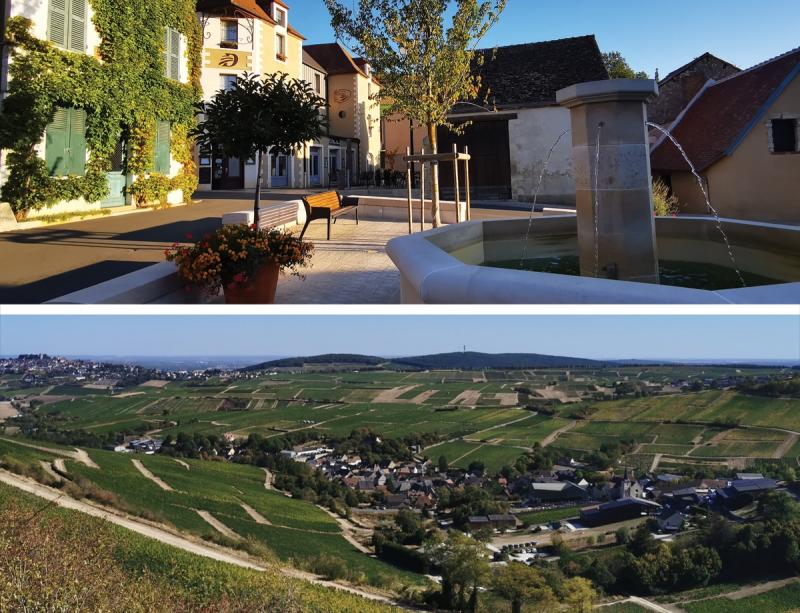
The hamlet of Chevignol sits among the vineyards that surround it and the larger neighbouring town of Sancerre. Ground zero for Crottin de Chevignol and for Sancerre production, the Famille Bourgeois winery proudly boasts being in business for 19 generations. The wine is available in the Vintages section of the LCBO. The family could be modern day chateau owners — certainly if they were in North America they would live in Kardashian-esque opulence — instead they appear to live simply, close to the land in this tiny, medieval town.
This is the essence of the Loire Valley; while surrounded by the castles of former French kings and nobility one is reminded that the little things like good food, fine wine, beautiful art and good company are the ingredients most important for a full and happy life.
When you go:
Air France offers direct flights from Montreal-Pierre Elliot Trudeau International Airport to Pari-Charles de Gaulle. Consider choosing Premium Economy that allows for two checked bags (23 kg each), 40 per cent extra cabin space, and priority check-in among other perks!
Touring the Loire Valley is best by car. Arriving at Charles de Gaulle airport, avoid Parisian traffic and take a TGV (high speed train) to the town of Tours where car rentals are widely available. There are also many travel guide services for groups of all sizes. We toured the Loire Valley with the multi-lingual Mario from Val de Loire Travel.
Biking is also very popular in the Loire Valley. You will not cover as much ground but the 800 kms of routes are well marked and there are more than 500 bike-friendly accommodations along the route.
For more information on travel in the Loire Valley, visit: www.valdeloire-france.com For more information on your next vacation in France, visit: https://ca.france.fr/en

